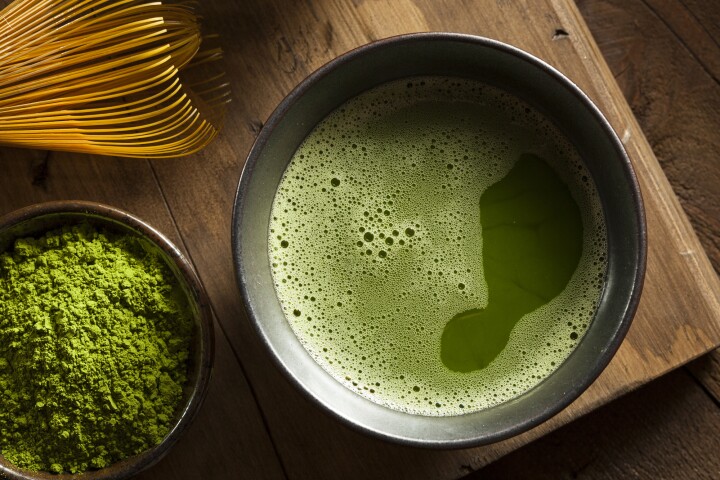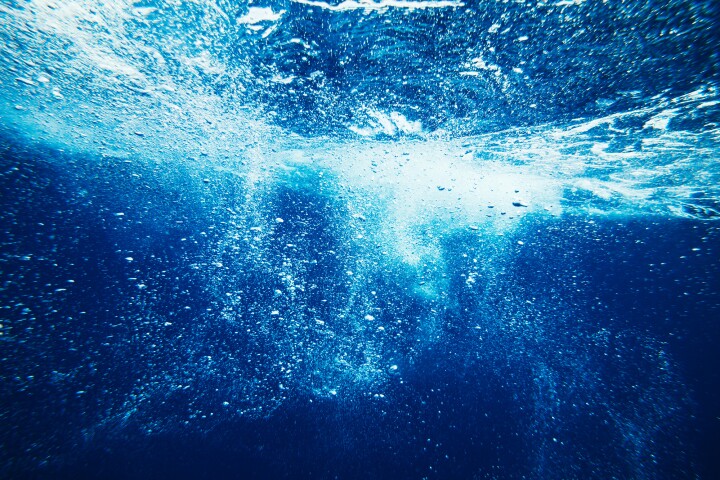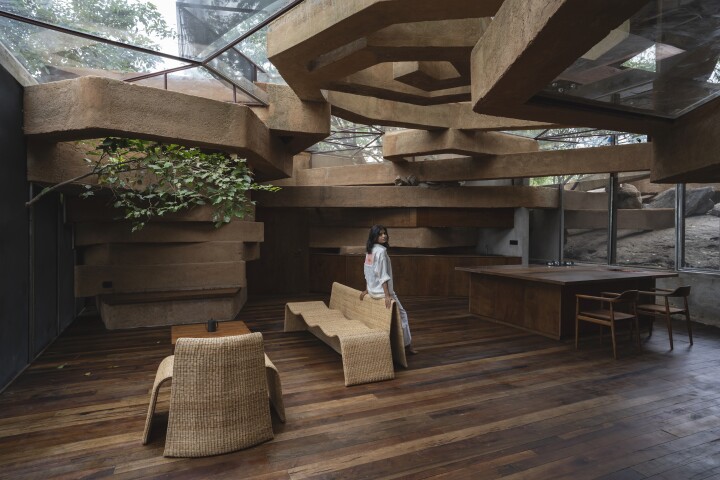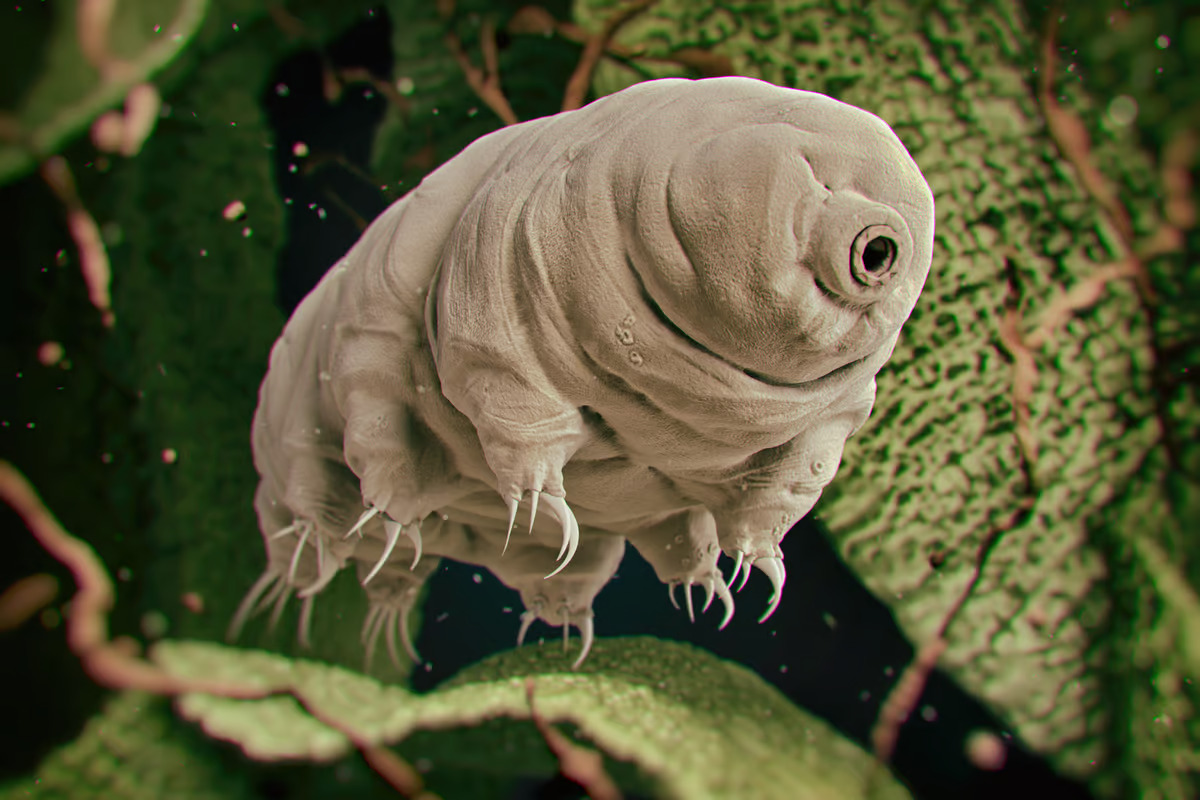 Water bear, moss piglet, scientific marvel: the tiny tardigrade. Depositphotos
Water bear, moss piglet, scientific marvel: the tiny tardigrade. Depositphotos
–
So it’s no surprise that everyone’s favorite microscopic critter has yet another superpower up its chubby sleeves: some clever chemistry unique to the tardigrade that can stabilize medicines without refrigeration. It has huge potential for getting life-saving treatment to those who need it.
Researchers at the University of Wyoming have homed in on one of the tardigrade’s key survival skills, anhydrobiosis. The team believed that the animal’s ability to enter reversible suspended animation when faced with extreme water loss from cells, could provide the same stable dry storage for biologic medicines that would otherwise require the chilled environment.
Biologics – vaccines, antibodies, stem cells, blood and other blood products – are derived from living organisms and require cold conditions to prevent heat breaking down the protein and destroying it. One that relies on this prohibitive cold-chain infrastructure is human blood-clotting (coagulation) factor VIII (FVIII), which among its therapeutic applications are treating genetic diseases such as hemophilia A and those with extreme physical trauma and bleeding.
By harnessing a specific protein and sugar that the microscopic water bear produces in anhydrobiosis, the researchers found that it could offer FVIII similar desiccation shields, meaning the biologic could be dehydrated and then rehydrated for use without the loss of its natural qualities. What’s more, their study shows the FVIII remained stable for 10 weeks in its treated form.
“In underdeveloped regions, during natural disasters, during space flight or on the battlefield, access to refrigerators and freezers, as well as ample electricity to run this infrastructure, can be in short supply,” said Thomas Boothby, assistant professor of molecular biology at UW. “Our work provides a proof of principle that we can stabilize factor VIII, and likely many other pharmaceuticals, in a stable, dry state at room or even elevated temperatures using proteins from tardigrades – and, thus, provide critical live-saving medicine to everyone, everywhere.”
Using the Hypsibius dujardini species, the team fine-tuned a treatment based on the cytosolic abundant heat soluble (CAHS) proteins and the sugar trehalose. In particular, the CAHS D protein protects enzymes in its dehydrated state, forming gel-like filaments to keep the animal’s cell structure intact. When hydration returns, the filaments retreat without causing cellular stress.
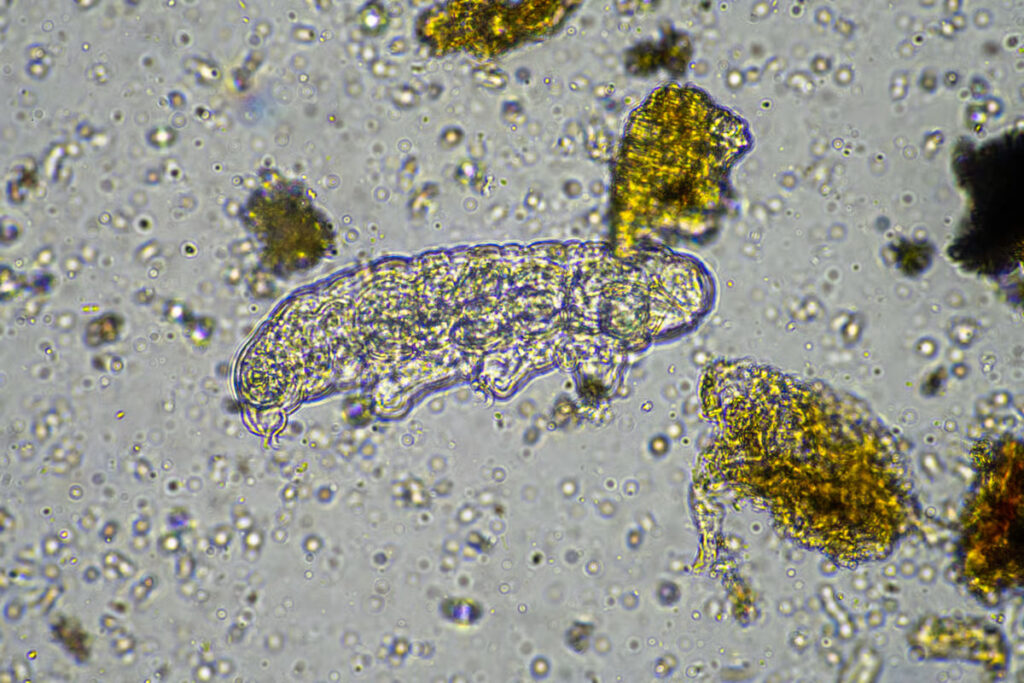
Taking the biophysical properties of CAHS D and trehalose, the team was able to stabilize the FVIII, opening the door to develop this transport and storage technology across the spectrum of biologics.
“This study shows that dry preservation methods can be effective in protecting biologics, offering a convenient, logistically simple and economically viable means of stabilizing life-saving medicines,” said Boothby. “This will be beneficial not only for global health initiatives in remote or developing parts of the world, but also for fostering a safe and productive space economy, which will be reliant on new technologies that break our dependence on refrigeration for the storage of medicine, food and other biomolecules.”
The study was published in the journal Scientific Reports.
Source: University of Wyoming
–











